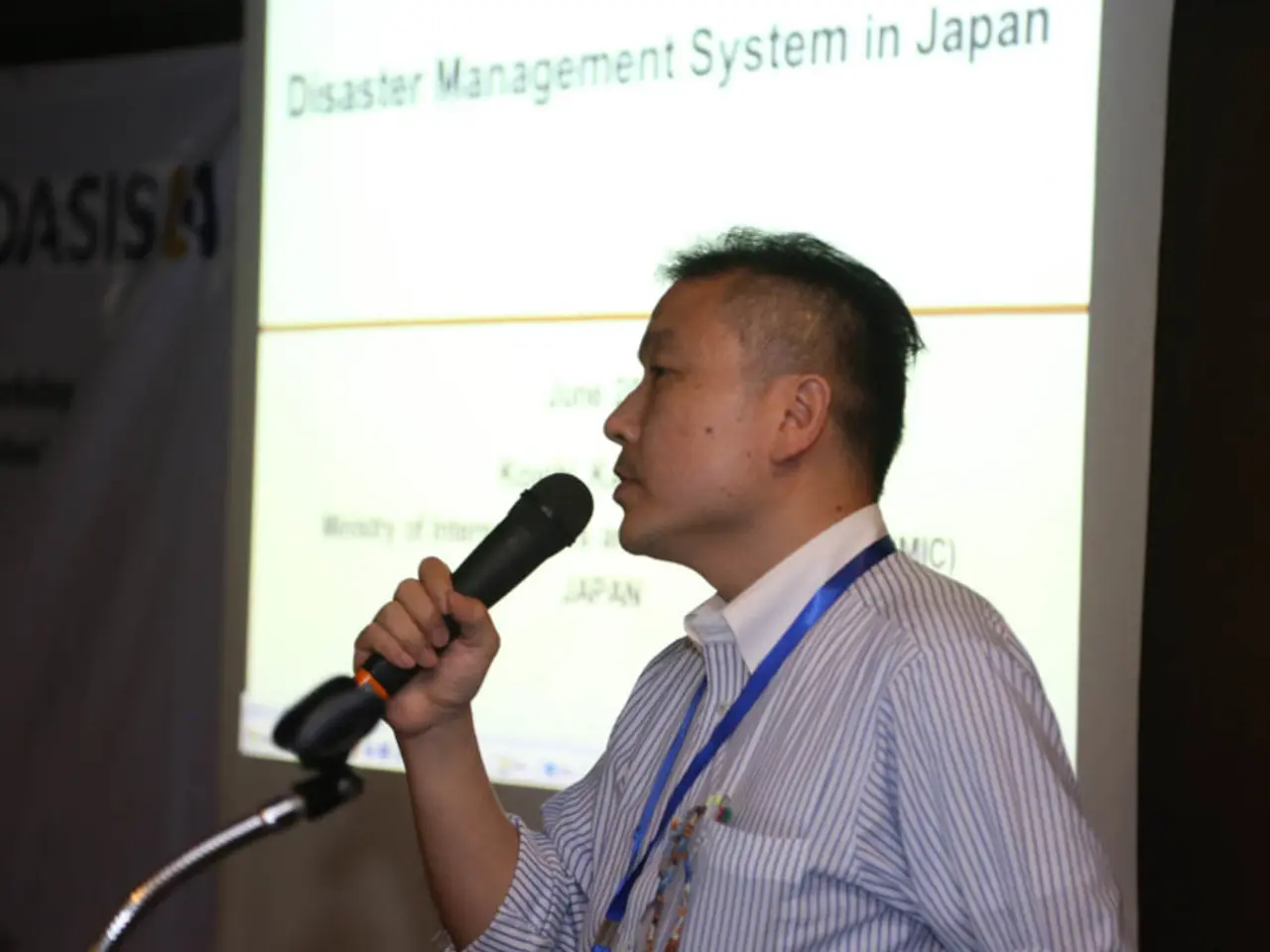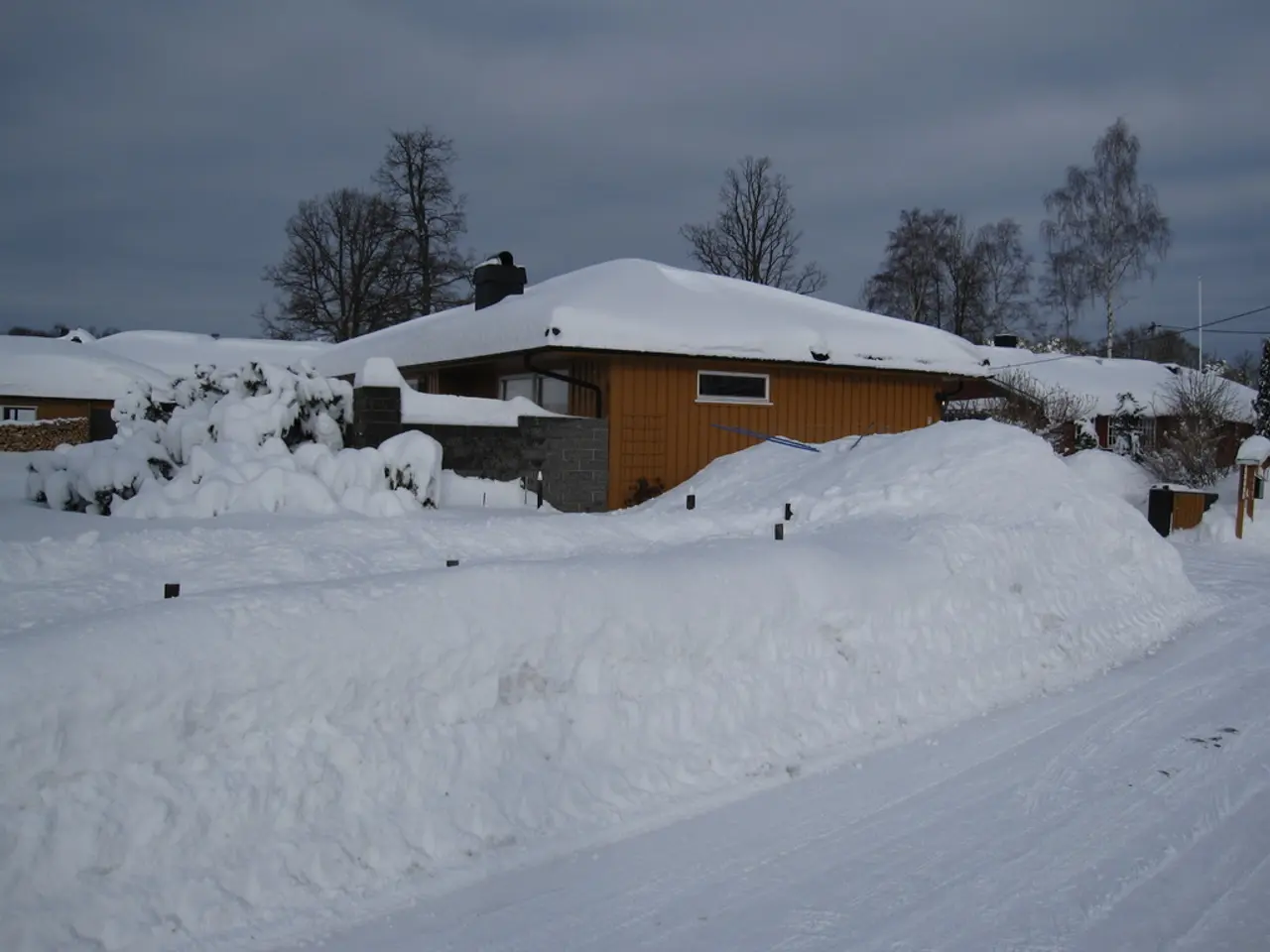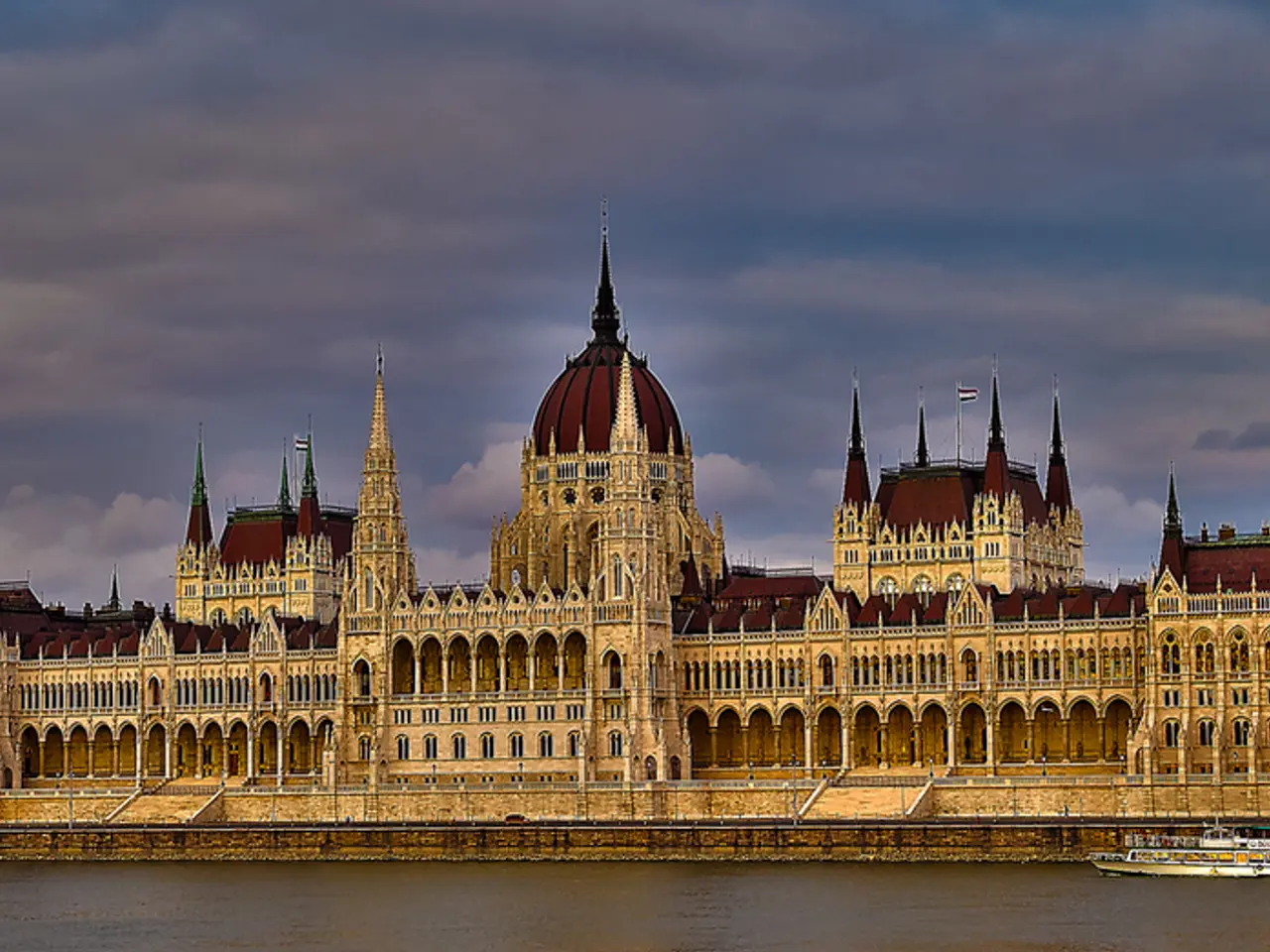Devastating tsunami strikes Hawaii following significant earthquake in the Pacific Ocean off Russia's coast, causing widespread evacuations.
Major Earthquake Strikes off Kamchatka Peninsula, Triggers Tsunami and Evacuations
On July 30, 2025, a magnitude 8.8 megathrust earthquake occurred off the east-southeast coast of Russia's Kamchatka Peninsula, making it one of the strongest earthquakes ever recorded globally. The epicenter was approximately 125 kilometers southeast of the city of Petropavlovsk-Kamchatsky[1].
The earthquake had far-reaching consequences, affecting multiple regions across the Pacific. In Kamchatka Krai and the nearby Sakhalin Oblast, there were reports of moderate damage and multiple injuries. The earthquake also triggered a Pacific-wide tsunami, causing flooding in various coastal areas[1].
Following the quake, evacuations were likely undertaken in vulnerable coastal zones to mitigate casualties, although specific details on immediate evacuation efforts are not provided in the available data.
In Japan, nearly 2 million people were ordered to evacuate from coastal prefectures[1]. In Russia, waves reaching between 3 and 5 meters flooded parts of Severo-Kurilsk, leading to the evacuation of over 300 residents[1]. Buildings, including a kindergarten, suffered structural damage in Severo-Kurilsk, but there were no reported fatalities[1].
Tsunami waves around one meter in height reached multiple islands in Hawaii, including Oahu, Maui, Hilo, Kahului, Nawiliwili, and Pearl Harbor[1]. Hawaii declared a state of emergency and implemented coastal evacuation protocols[1].
The Pacific Tsunami Warning Center and regional agencies credit rapid alerts and coordinated emergency responses for minimizing casualties and larger-scale destruction[1].
In addition to the earthquake and tsunami, Klyuchevskaya Sopka, a volcano on the Kamchatka Peninsula, began erupting following the quake, adding to the natural hazards faced by local populations[1].
The aftermath involves ongoing monitoring of aftershocks, volcanic activity, and tsunami threats, as well as disaster response efforts to assist injured people and repair infrastructure damaged by the earthquake and tsunami[1].
Residents are advised to stay clear of coastlines as tsunami waves were observed across vast swaths of the Pacific. Despite the wide-reaching impact, the overall damage remained relatively contained, highlighting the effectiveness of modern seismic and oceanic warning systems[1].
References: [1] Source for the information provided in this article.
- The earthquake triggered a Pacific-wide tsunami, making it essential for weather and environmental-science experts to closely monitor coastal areas for further tsunami threats.
- Following the evacuations in coastal zones, scientists must assess the long-term impacts of the earthquake, tsunami, and subsequent volcanic activity on the environment and local communities in the affected regions.







